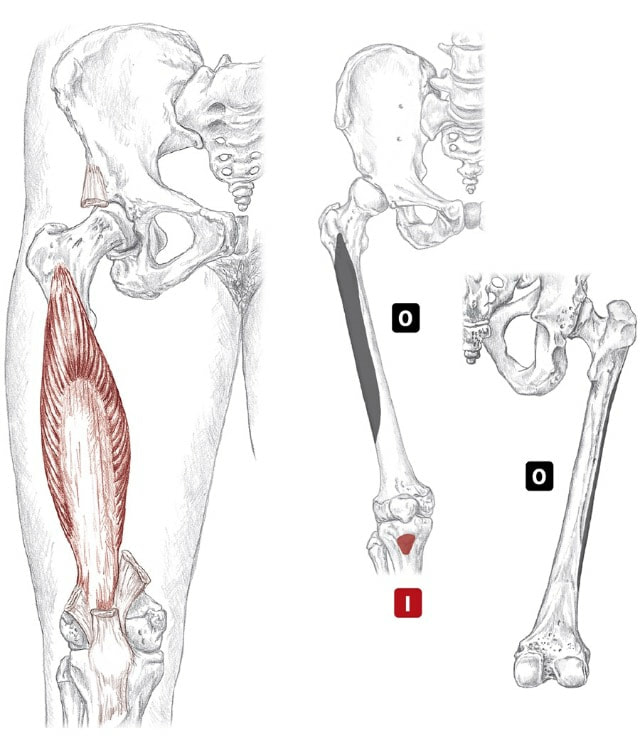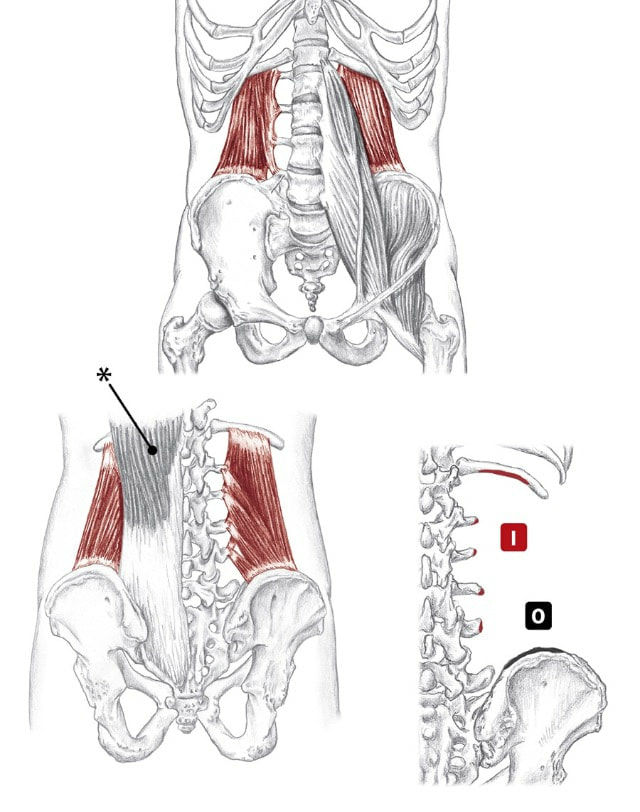|
The environment that we live in is toxic. It is worrisome to think that the status quo has occurred with the help of corporations knowingly dumping harmful chemicals into the environment.
The Environmental Working Group (EWG) has studied the current state of our world in great detail and has discovered that before a child is even born they already have approximately 287 toxins in their blood and tissues. These results came from 10 newborns whose parents gave permission to have their toxins measured at birth. The results of this study indicate that an average of 200 chemicals was found in each newborn. Of the toxins tested, 47 were consumer ingredients such as cosmetics, 212 were industrial and pesticide byproducts. In this study, only around 400 total chemicals were actually tested for - thousands of others may have been found if larger parameters were used. Many of the toxins measured in the newborns included plastics, flame retardants, and other chemicals that disrupt brain function, IQ, hormones, and the nervous system of the child. Some of the toxins observed like DDT, have actually been banned since 1972 (over 3 decades ago), but are still being measured in laboratory samples. Certain chemicals never fully degrade in the environment. So, there is not question about it, the environment we live in is toxic. All of us have disease-creating toxins inside of our bodies, the question boils down to which ones and how much. But there are some solutions: lab tests and detoxification.
0 Comments
rek-tus fe-mo-ris Action
Origin
Insertion
Nerve
Quadriceps as a group Location Superficial, anterior and lateral thigh BLMs Patella, tibial tuberosity Action "Straighten your knee" or "flex your hip" vas-tus lat-er-a-lis Action
Origin
Insertion
Nerve
Quadriceps as a group Location Superficial, anterior and lateral thigh BLMs Patella, tibial tuberosity Action "Straighten your knee" or "flex your hip" vas-tus me-dee-a-lis Action
Origin
Insertion
Nerve
Quadriceps as a group Location Superficial, anterior and lateral thigh BLMs Patella, tibial tuberosity Action "Straighten your knee" or "flex your hip" vas-tus in-ter-me-dee-us Action
Origin
Insertion
Nerve
Quadriceps as a group Location Superficial, anterior and lateral thigh BLMs Patella, tibial tuberosity Action "Straighten your knee" or "flex your hip" Dr. Sharon Goldberg, an internal medicine physician and professor gives her testimony at Michigan's 5G Small Cell Tower Legislation Hearing on October 4, 2018 regarding the dangers of electromagnetic radiation.
She says: "Wireless radiation has biological effects. Period. This is no longer a subject for debate when you look at PubMed and the peer-review literature. These effects are seen in all life forms; plants, animals, insects, microbes. In humans we have clear evidence of cancer now; there is no question. We have evidence of DNA damage, cardiomyopathy, which is the precursor of congestive heart failure, neuropsychiatric effects... 5G is an untested application of a technology that we know is harmful; we know it from the science. In academics this is called human subjects research." Transcript: "You hear all this talk about blue light being harmful, but do you know what blue light actually is? Blue light is one of the types of light that form the white light we get from the Sun. Together with red, orange, yellow, green, violet, and indigo. This is called the electromagnetic (EM) spectrum of visible light. At the end we have the UV light, which can't actually be seen by the human eye. The energy of these waves increases as we go towards the end, which makes blue lights one of the highest intensity types of visible light. Light is made of EM waves that emit energy and it's this energy that we perceive as light. These waves come in different wavelengths, which means we get different colors of light. These are the different colors of light that we can perceive from the EM spectrum. So blue light is actually everywhere; it's in the light that travels from the Sun all the way to the Earth. Because the wavelength of blue light is so small they collide with air molecules a lot more than any other color and they get scattered everywhere - that's actually what makes the sky blue. That's why your body uses this blue light from the Sun to make the difference between day and night and regulate your sleep cycle. But our eyes natural filters barely provide us with enough protection from blue light on a particularly sunny day. The blue light from your devices is even worse. LED devices emit much stronger blue light than we get from the Sun. Spending hours staring at a screen can cause eye damage and fatigue. This is due to most lower energy waves being absorbed by the cornea, the eyes outer membrane. Blue light goes straight through due to its high energy and slowly deteriorates the retina. And because our brains use blue light to differentiate between day and night and boost alertness, spending time on your phone tablet or laptop late at night fools your body into thinking it should keep you awake. It's all of them - phones, tablets, any gadget with an illuminated display. They all use blue LEDs because they are energy efficient and cheaper to produce, but your body disagrees. Basically, what keeps you awake and alert during the day can severely affect the quality of your sleep at night. Blue light has also been shown to suppress secretion of melatonin, a hormone that is produced at night and helps your body prepare for sleep. Melatonin isn't just linked to poor
sleep, scientists have also managed to find a correlation between melatonin deprivation and conditions like cancer, diabetes and clinical depression. Do you still think your tablet is that harmless? Well there is a way you can prevent it. Scientists have now designed special screen protectors that stop the blue light from reaching your eyes and causing damage to your retina at a microscopic level. This glass has tiny ridges that block blue waves and let the other less harmful light go through. These glasses can block up to 60% of blue light and 99% of UV rays. People have reported that their sleeping patterns were significantly improved after only a few days. There was also significant reduction in eye strain and headaches. Or you can go for full protection and buy eyewear that you can use for all blue light-emitting devices: computers, TV laptops, or your phone. These work in a slightly different way - the protectors as the yellow, absorbs rather than blocks blue and UV light, and lets other types of light go through. No matter what you do, whether its buying a protective glass or reducing the time you spend on your device make sure you stay on the lookout for the unseen damage that your day-to-day gadgets can do to your health." ad-duk-ter long-us Action
Origin
Insertion
Nerve
Adductor group Location: Superficial and deep, medial thigh BLMs: Pubic tubercle, rami and ischial tuberosity Action: "Squeeze your thighs together" ad-duk-ter mag-nus Action
Origin
Insertion
Nerve
Adductor group Location: Superficial and deep, medial thigh BLMs: Pubic tubercle, rami and ischial tuberosity Action: "Squeeze your thighs together" ad-duk-ter breh-vis Action
Origin
Insertion
Nerve
Adductor group Location: Superficial and deep, medial thigh BLMs: Pubic tubercle, rami and ischial tuberosity Action: "Squeeze your thighs together" kwod-rait-us lum-bor-um Action Unilaterally:
Origin
Insertion
Nerve
Location: Deep to erectors, low back BLMs: Twelfth rib and posterior iliac crest Action: "Hike your hip toward your shoulder" gloo-te-us Action
Origin
Insertion
Nerve
Location: Deep to gluteus medius BLMs: Greater trochanter, gluteus medius Action: "Abduct your hip" Since 2010, water utilities' testing has found pollutants in Americans' tap water, according to an EWG drinking water quality analysis of 30 million state water records. |
The Awareness domain contains research, news, information, observations, and ideas at the level of self in an effort to intellectualize health concepts.
The Lifestyle domain builds off intellectual concepts and offers practical applications.
Taking care of yourself is at the core of the other domains because the others depend on your health and wellness.
Archives
May 2024
Categories
All
|











 RSS Feed
RSS Feed

